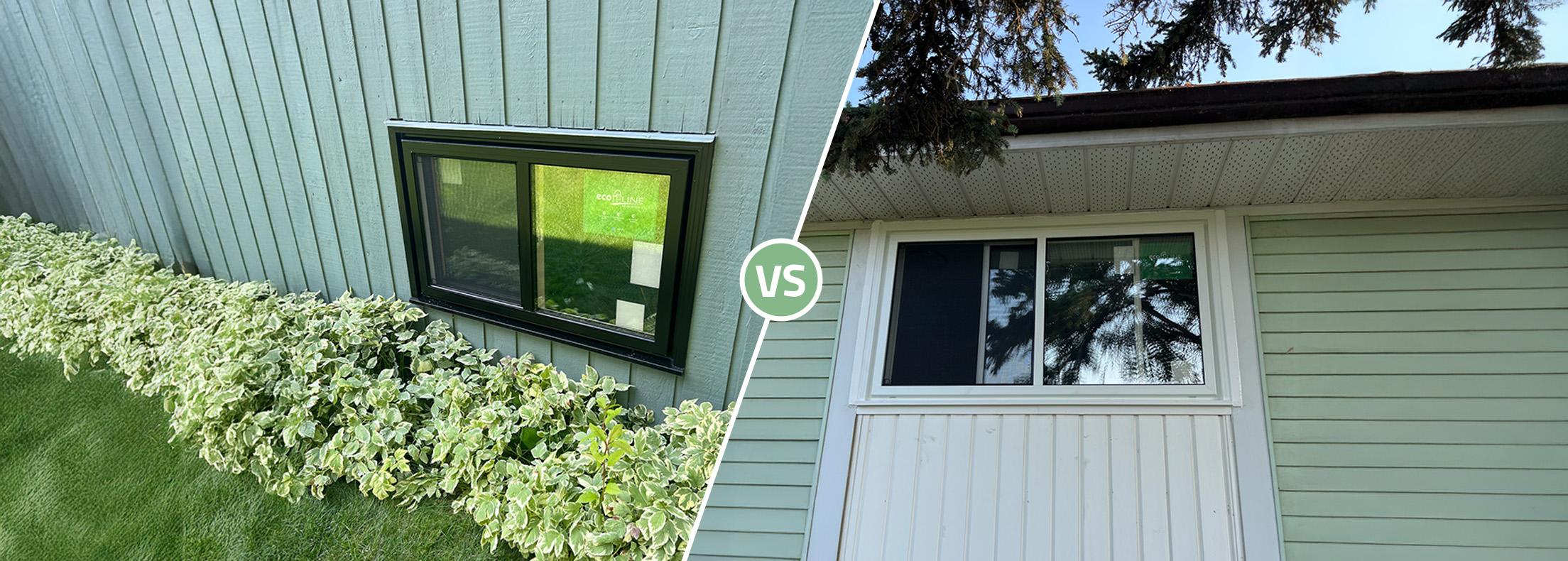

Tilt and Turn Windows vs. Slider: What’s The Difference?
Sep 20, 2024
Sep 20, 2024
10 min read
509
Slider windows are some of the most commonly found windows in homes across Canada. It is often possible to get good performance ratings out of them at a fraction of the price of higher-efficiency casements or awnings.
However, many window manufacturers in Canada also offer tilt-and-turn windows as a great alternative to slider windows and hung windows. The main benefit of these models is that they allow the sash or both sashes to tilt inward into the room for easy cleaning.
Remember, regardless of the window type or style you get, you should consider getting energy-efficient windows (min ER 34) to keep your home comfortable based on the region where you are located. Here, you can see all the ENERGY STAR-rated windows in Canada.
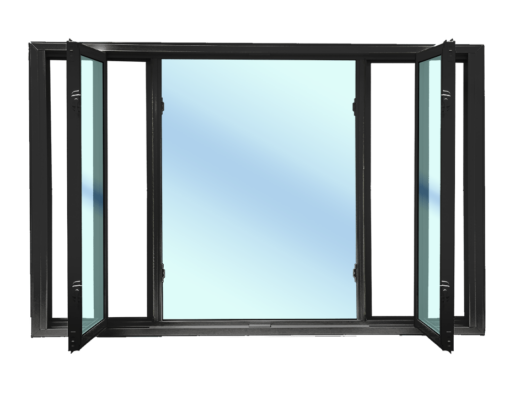
Shopping for New Tilt and Turn Windows?
What Are Tilt and Turn Windows?
Tilt and turn windows represent a sophisticated window design that caters to the modern homeowner’s convenience, security, and energy efficiency needs. These windows operate on a dual-function mechanism: they can tilt inwards from the top for secure ventilation and turn to open fully like a door, providing unmatched airflow. This makes all windows that open inward for cleaning and easy maintenance a bestseller among Canadian homeowners today.
This functionality not only enhances the usability of your windows but also significantly improves the insulation and security of your home. With their European roots, tilt-and-turn windows in Canada have gained massive popularity, offering an elegant solution to the challenges of ventilation, maintenance, and energy conservation in the diverse Canadian climate.
Whether you’re looking to keep your home snug during the chilly winters or seeking efficient ventilation in the summer, tilt-and-turn windows offer a versatile solution that meets a wide range of needs. But what sets them apart from the more traditional sliding windows? Let’s find out!
Tilt and Slide Windows: Operation and True Purpose
When looking at new sliding windows, customers often come across tilt-and-turn windows. The sashes in these units can be unlatched to turn at a 90-degree angle to the frame, much like the sash in casement windows.
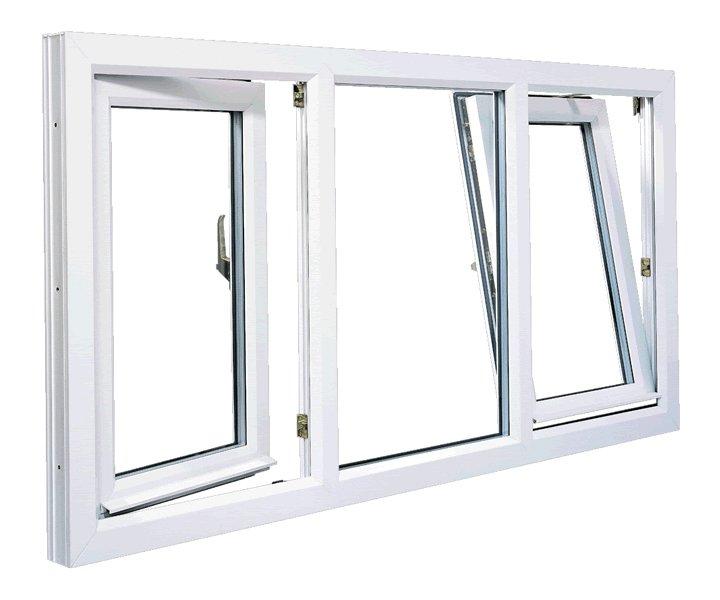
Although this feature looks very modern especially in a double slider, homeowners often misunderstand its true purpose. While these windows can give you a beautiful unobstructed view, the turn-in in function is intended as a maintenance feature. It allows for cleaning of the outer side of the window from the inside of the house.
You shouldn’t keep the sash in a turned-in position as the weight of the sash can cause stress on the frame resulting in deformation or even breakage. This is especially crucial in triple pane slider windows because their sashes are much heavier.
Sliding Windows – All Styles Explained
When enhancing your home with the perfect blend of functionality and aesthetic appeal, sliding windows stand out as a versatile choice. Within this broad category, a myriad of styles exist, each with unique characteristics and advantages.
From the simplicity of single sliders to the comprehensive functionality of double sliders, and from the classic charm of hung windows to the innovative design of tilt windows, homeowners will find the best model to complement their homes perfectly.
Although these styles differ in terms of sash operation, features, glazing area, and more, they all fall under the main category of sliders. Each style is designed to meet specific needs, whether maximising ventilation, ensuring easy maintenance, or enhancing the visual appeal of your space. So, let’s explore what makes them distinct and how different models can cater to your home’s unique requirements.
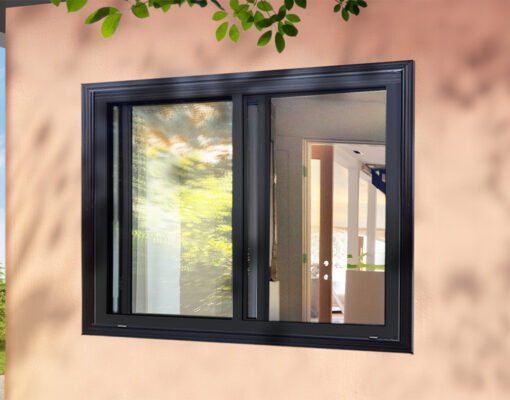
Shopping for New Sliding Windows?
Single-Slider Windows with Tilt Function
A single slider-tilt vinyl window operates horizontally (side to side). One sash is stationary and the other sash moves and can tilt into the room for easy cleaning. This window style is one the most popular one among Canadian, and for a good number of reasons:
- Enhanced Ventilation: The ability to slide open offers significant airflow, allowing you to easily adjust the amount of fresh air entering your room.
- Space Efficiency: Since they open horizontally, these models are perfect for areas where exterior space is limited, such as alongside patios or walkways.
- Easy Maintenance: The tilt-in feature simplifies the cleaning process, enabling you to maintain both the interior and exterior surfaces without the need for ladders or external help.
- Energy Efficiency: With options for advanced glazing, these windows can provide excellent insulation, reducing energy costs by keeping your home warmer in the winter and cooler in the summer.
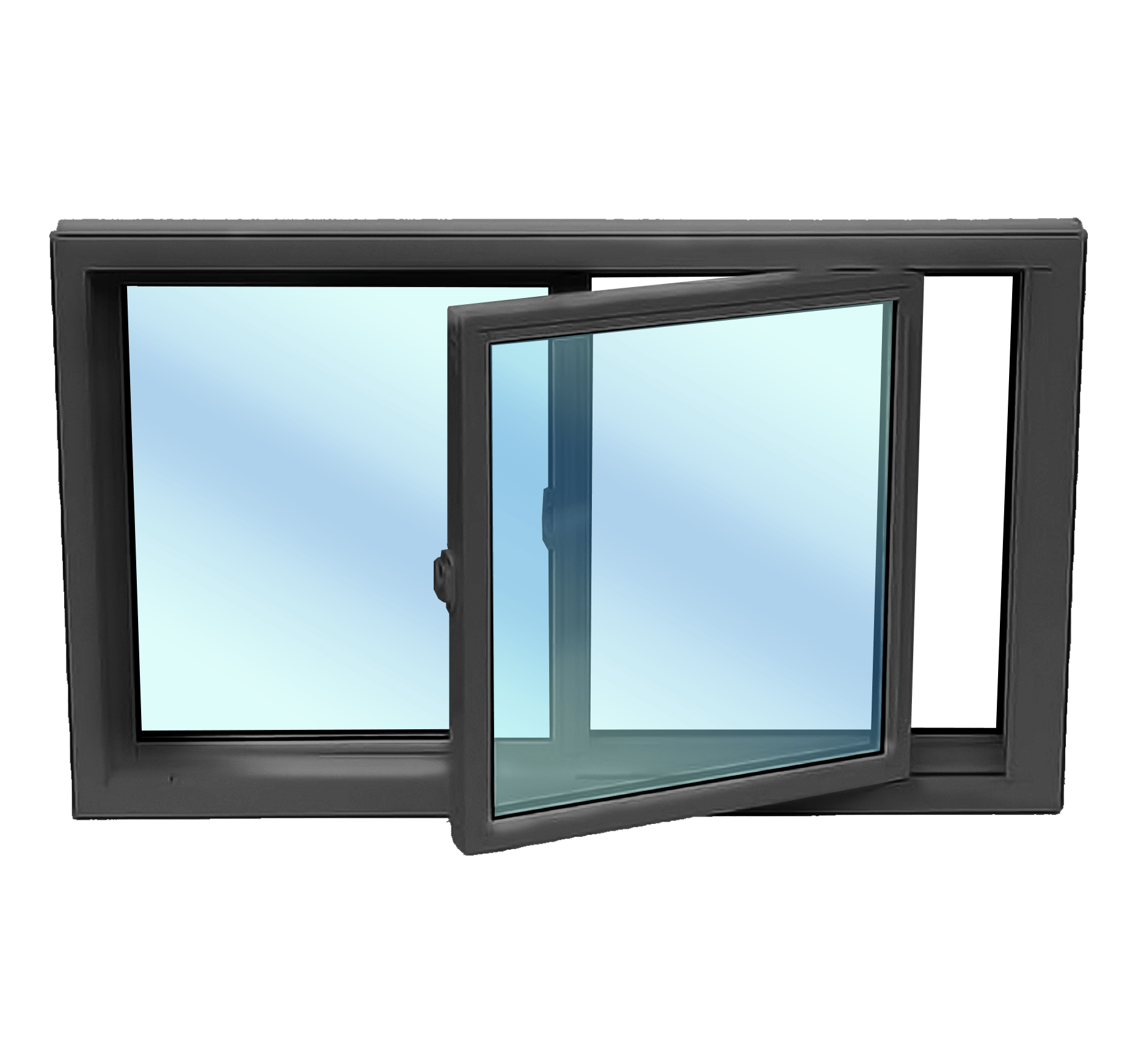
Double Slider Window
Double sliding windows have two sashes that move sideways. One or both can tilt into the room for easy cleaning. You have the benefit of opening one or both sashes at once, controlling the ventilation in your home.
- Flexible Ventilation: With both sashes operable, you can adjust for optimal airflow, opening either side or both for cross-ventilation, which is ideal for maintaining indoor air quality.
- Easy Maintenance: The tilt-in feature of the sashes makes it straightforward to clean the exterior glass from the inside, eliminating the need for external cleaning services or equipment.
- Maximised Natural Light: Double slider tilt window typically offers a larger glass area, maximising natural light entry and contributing to a brighter, more inviting indoor environment.
End Vent Tilt Slider
The end vent slider features two venting sashes with a low fixed centre sash. When a window opening is wider than 74” and a sliding option is desired, these tilting windows are the most effective option available.
- Enhanced Aesthetics for Large Openings: Perfect for wide spaces where a panoramic view is desired, the fixed central panel provides an unobstructed view while the operable end sashes offer ventilation without compromising the window’s visual appeal.
- Versatile Ventilation Options: The end sashes can be opened for ventilation, allowing for fresh air to enter from either side of the window. This flexibility ensures that you can adjust the airflow according to your needs.
- Easy Cleaning and Maintenance: With the ability to tilt the end sashes inward, cleaning the exterior glass from the comfort of your home becomes effortless, making maintenance a breeze.
Tilt and Turn Windows vs Double Hung – What’s The Difference?
Tilt-and-turn and double-hung windows offer distinct advantages and functionalities catering to homeowner preferences and architectural styles.
Vinyl windows tilt and turn, renowned for their versatility, feature a dual mechanism allowing them to open inwardly from the top for ventilation or swing open like a door for easy access and cleaning. This design provides exceptional thermal insulation, enhanced security due to their robust locking mechanisms, and superior air tightness, making them ideal for energy-efficient homes. Most often, you will find these models in:
- Living Rooms
- Home Offices
- Bedrooms
- Spaces that can accommodate wider opening
On the other hand, double-hung windows consist of two sashes that move vertically, with both the upper and lower parts capable of opening. This allows for excellent ventilation control and ease of cleaning, as both sashes can tilt into the room. Most often, you will find these models in:
- Kitchens
- Bathrooms
- Bedrooms
- Basements
- Spaces that can accommodate taller opening
While double-hung windows fit seamlessly into classic architectural styles and provide significant ventilation flexibility, tilt-and-turn windows offer a modern aesthetic with outstanding energy efficiency and user-friendly maintenance performance. The choice between the two often comes down to the specific needs for ventilation, maintenance, energy conservation, and aesthetic preference.
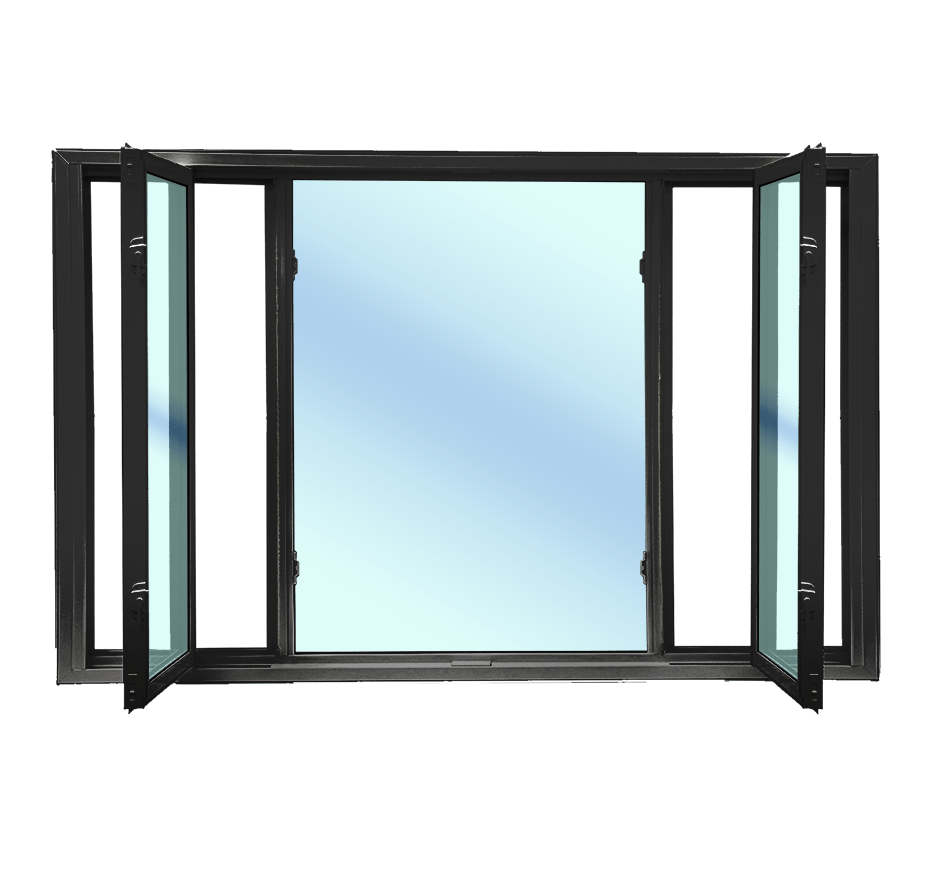
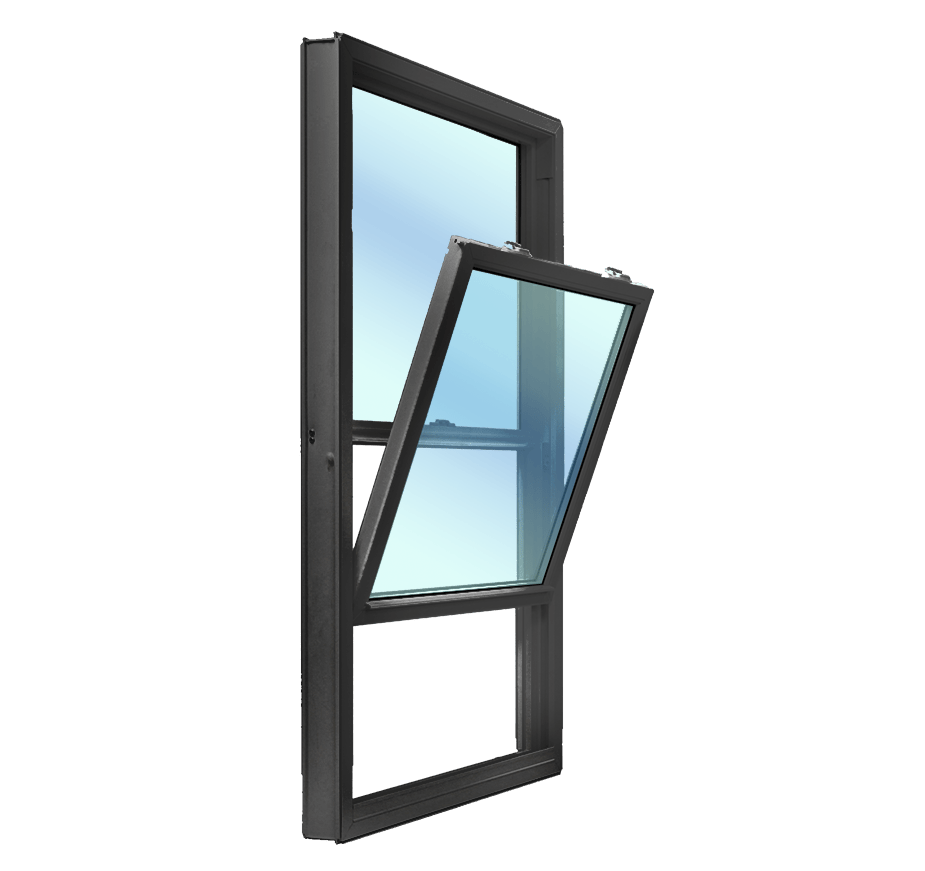
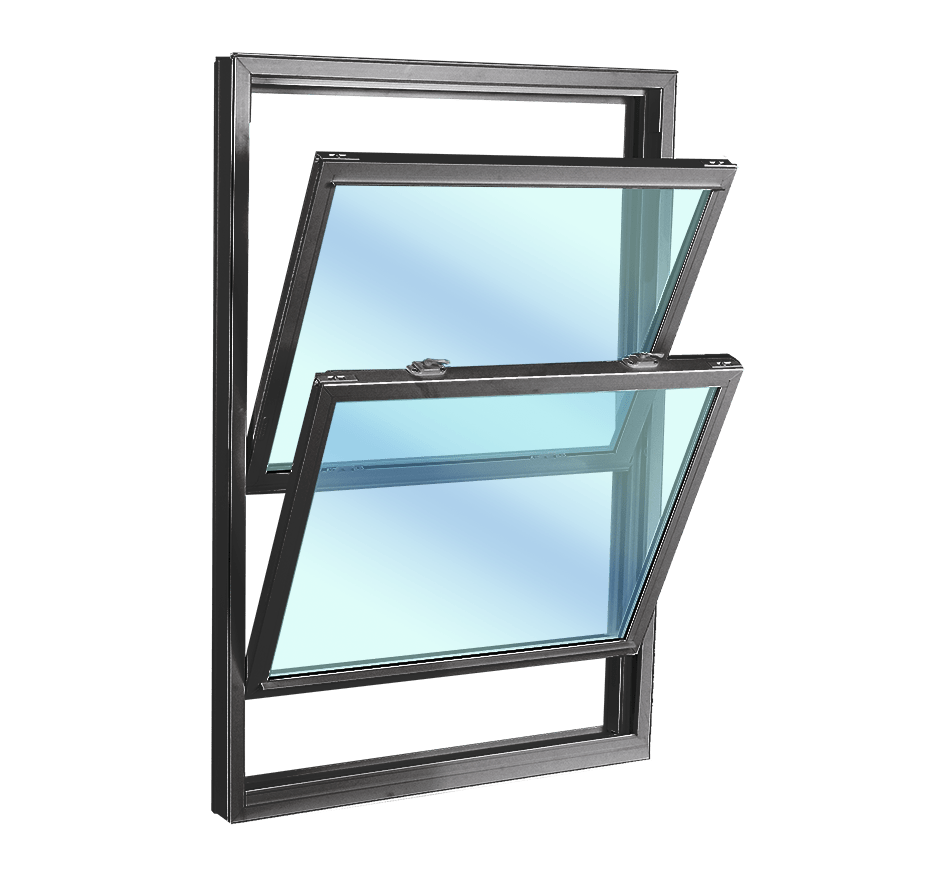
Tilt and Turn Windows Price Guide
When considering the installation of tilt and turn windows, providing a precise quote can be challenging due to the numerous factors influencing the final cost.
- Size of the Window: Larger windows require more materials and labour, increasing the price.
- Glazing Options: Double or triple glazing and special coatings for energy efficiency can impact the price.
- Customisation: Custom sizes, shapes, and colours can increase costs.
- Installation Complexity: Difficult installations in hard-to-reach places or requiring additional work can raise the price.
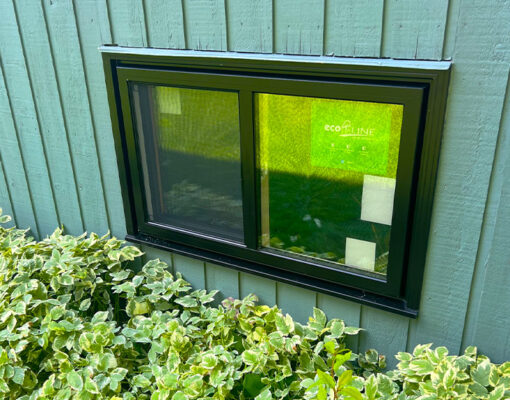
Shopping for New Windows?
On average, the price for tilt and turn windows in Canada ranges from $1,500 to $3,000 per window, including installation. This range can vary based on the above factors.
We encourage you to use our replacement window estimator for a more accurate estimate tailored to your specific needs. For a detailed free quote and personalised consultation, please contact us. Our team is ready to assist you in finding the perfect tilt and turn windows for your home.
F.A.Q
Tilt and Turn windows vs Casement – what’s the difference?
Tilt-and-turn and casement windows offer excellent ventilation and security, but they operate differently. Tilt and turn windows can open in two ways: tilting inwards from the top for secure ventilation or swinging inwards like a door for easy cleaning and maximum airflow. On the other hand, casement windows are hinged at the side and open outward with a crank. Casements are best for energy efficiency, while tilt-up windows are for ventilation and aesthetics.
Are tilt and turn windows popular in Canada?
Yes, these models have been gaining popularity in Canada, especially among homeowners looking for energy-efficient and versatile window options. Their unique functionality and modern aesthetic appeal make them a preferred choice for contemporary home designs.
What is the price of the tilt and turn windows?
The price of tilt and turn windows can vary widely based on factors such as size, material, glazing options, and custom features. Generally, they are considered to be in the mid to high range in terms of cost compared to other window types. On average, you can expect to pay more for tilt-and-turn windows than standard casement or sliding windows due to their complex mechanism. Contact us to get a detailed quote for your project.







